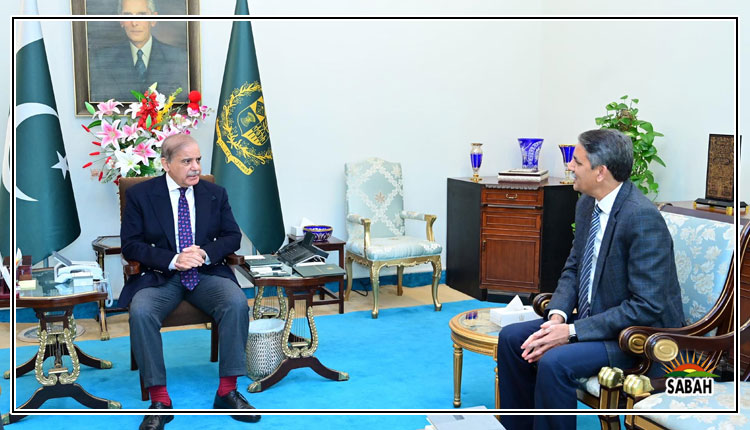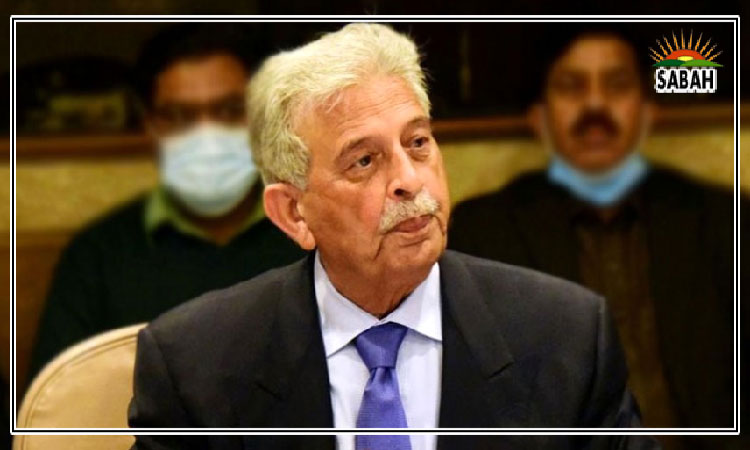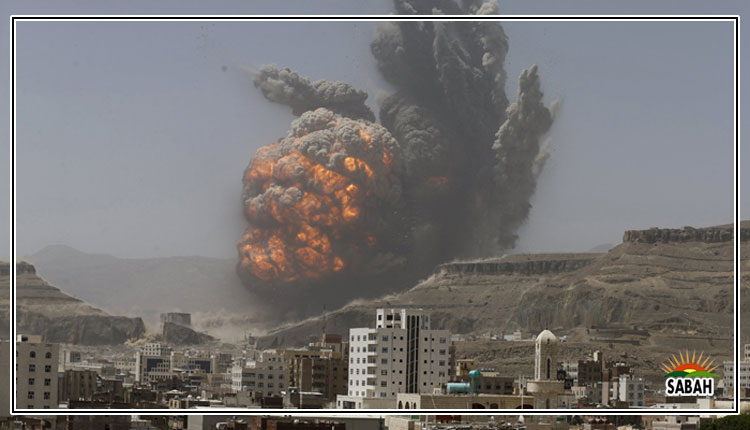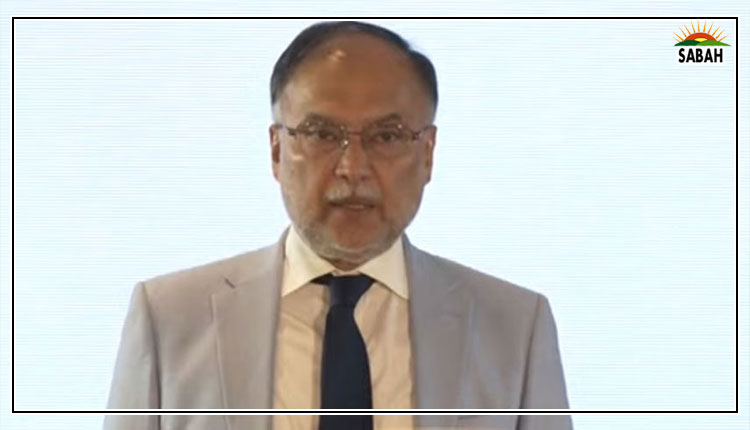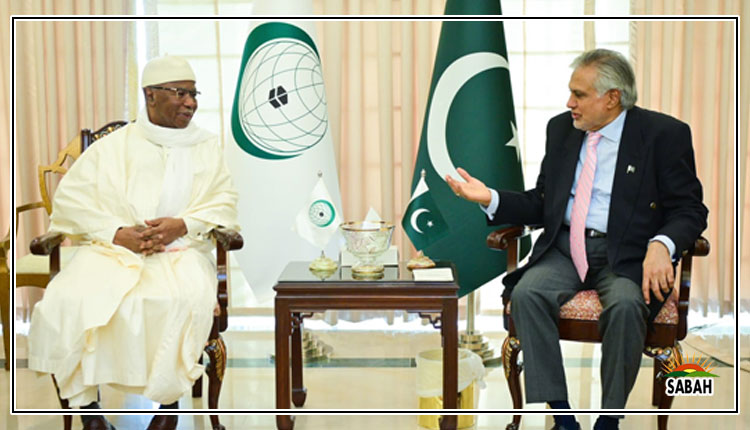Low growth…Javid Husain
THE most important task facing Pakistans economic policymakers is to realise the goal of a high rate of economic growth on a sustainable basis. Unfortunately, it is a task in which successive governments have failed in the relatively recent past. For instance, in 2007-08, which was the last year of Pervez Musharrafs military rule, even a low GDP growth rate of 4.4 per cent resulted in an unsustainably high level of current account deficit of $14bn or 6.9 pc of GDP. The difficult economic situation forced the succeeding PPP government to apply brakes on the GDP growth rate to lower the current account deficit and balance Pakistans external account.
By 2010-11, the current account deficit turned into a marginal surplus of 0.1pc of GDP but the GDP growth rate had to be slashed to 3.2pc which was barely sufficient to take care of the growth in population. The PPP government in the last year of its rule (2012-13) kept the current account deficit at the manageable level of 1pc of GDP but by keeping the GDP growth rate at the low level of 3.9pc. The goal of a high GDP growth rate (7pc or above) combined with the current account surplus or at least a manageable level of current account deficit remained elusive.
During its tenure from 2013 to 2018, the performance of the PML-N government from this point of view was only marginally better than its predecessor. It was finally able to raise the GDP growth rate to 6.1pc by 2017-18 but by paying a heavy price in the form of an unsustainably high level of current account deficit amounting to $19.2bn. The PTI government during its tenure from 2018-22 couldnt do better. After recording low GDP growth rates in the initial years of its tenure, it succeeded in raising the GDP growth rate to 6.1pc in 2021-22 but at the cost of an unsustainably high current account deficit of $17.5bn.
The present PDM government, therefore, had to go through the familiar exercise of slashing the GDP growth rate, estimated to be about 0.3pc in 2022-23, to drastically lower the current account deficit which declined to $3.3bn in the first ten months of 2022-23 as against $13.7bn in the corresponding period a year earlier. Thus, the country, despite changes in government, unfortunately remains stuck on the path of a low GDP growth rate so as to maintain a sustainable balance in its external account.
The fundamental cause of Pakistans low economic growth rate and persistent current account deficits is its low national saving rate which translates into low national investment and GDP growth rates. Consequently, any attempt by the government to raise the national investment rate for accelerating economic growth results in a current account deficit which, as any student of economics knows, is equivalent to national investments minus national savings. The country then needs capital inflows in the form of loans or foreign assistance from bilateral and multilateral sources to finance the current account deficit or the gap between national investments and national savings.
The only way to balance our external account while maintaining a high growth rate of the economy is to raise our currently low national saving rate of about 12pc to at least 25pc of GDP or even higher so that our national savings are sufficient to finance a high rate of national investment needed for accelerating our GDP growth rate. This effort should be combined with economic policies designed to promote exports and import substitution. This should not be an impossible task. After all, in our region the national saving rates of Bangladesh and India are well above 30pc of GDP. Chinas national saving rate exceeds 45pc of GDP.
The main reason for Pakistans chronically low national saving rate and the consequent slow economic growth and huge current account deficits is the addiction to conspicuous consumption of our decadent elite consisting of the top echelons of its civil and military bureaucracy, political leadership, feudal landlords, professionals, and business community. Until they mend their ways and adopt austerity as their motto or a strong and stable government forces this through appropriate economic, financial, and administrative measures, Pakistan will remain stuck on the path of slow economic growth while lurching from one economic crisis to another. The latest budget presented by the government could have done more to embody the strong and far-reaching measures needed to push the country in the right direction.
Courtesy Dawn



